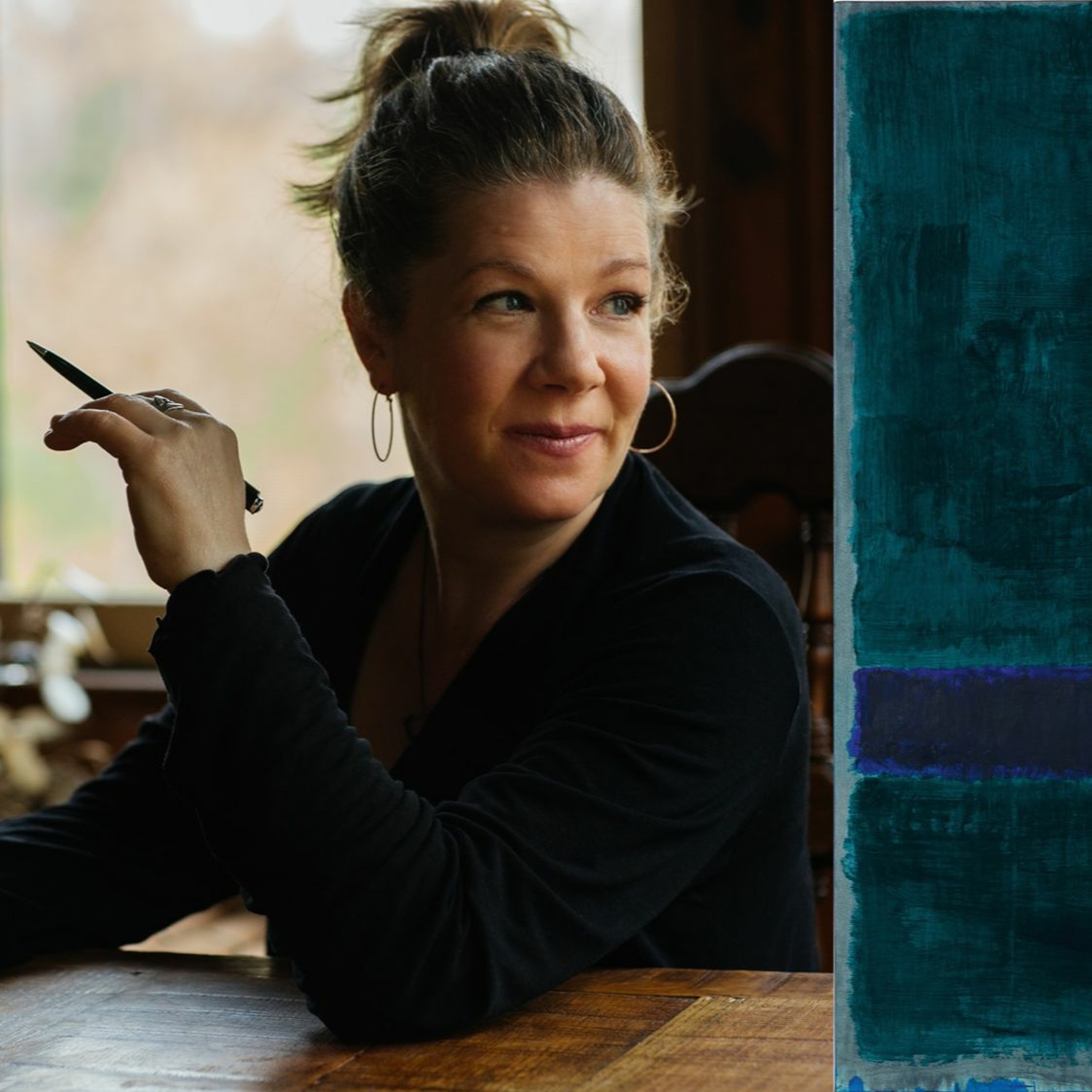BonusEp. 08 - Tamar Avishai interviews Dar Williams, Singer-Songwriter

b'Dar Williams has been described by The New Yorker as \\u201cone of America\\u2019s very best singer-songwriters,\\u201d but to thirteen-year-old Tamar she was, quite simply, a personal hero: a songwriter whose poetry, poignancy, and humor could capture at once the authentic voices of an inner child, a searching young adult, and a wizened sage. We met in person in 2013 at Dar\\u2019s songwriting retreat, and our friendship has been evolving ever since, exploring together the rigors of writing and storytelling through sound and song, and what it means to dip in and out of a creative space as a way of simply getting through the day.\\n\\nDar has recently published a book about songwriting that is chock full of philosophical wisdom and applicable nuggets, many of which borne from a decade of retreats. We sat down together to talk about songwriting, art museums, the art of writing songs about art, and specifically her evocative, ambivalent "Mark Rothko Song," which tackles it all head-on.\\n\\n[2:05] Dar\\u2019s relationship with museums and creating a space for poetic thinking.\\n\\n[8:40] Specific museums, exhibitions, paintings that have inspired Dar\\u2019s songs: Dia, \\u201cMade in America,\\u201d the Fogg.\\n\\n[11:45] Writing Mark Rothko Song. Where did Dar go? Where did Dar really go?\\n\\n[14:45] The difficulties inherent in writing about art. What prompted the writing of this song? Dar\\u2019s first encounter with Rothko\\u2019s \\u201cUntitled (Blue Green)\\u201d and the first verse.\\n\\n[20:15] Diving into the prosody of the song, how the music and lyrics support the voice of the song: finger picking, major to minor, chord to chord, key to key, mood to mood.\\n\\n[27:41] Return to the lyrics and narrative. The way that Rothko encourages people to make subjective associations\\u2026but then comes the foil of the second verse, creating the contrast between subjective and objective.\\n\\n[33:52] The song\\u2019s dueling (or complementary?) aha moments in the bridge and final verse. People both love Rothko and struggle to connect to him. Following the narrator\\u2019s journey as she wrestles with seeing something versus knowing something.\\n\\n[45:47] Appreciating an honest song about art viewing that doesn\\u2019t flatten the characters. Reflecting on the elements of the song that hold up as Dar has gotten older.\\n\\n[51:19] The similarities between art museums and songwriting retreats: opening up, engaging poetic thinking.\\n\\n[55:28] Also the hazards of living in a space of poetic thinking, especially as a parent. The necessary objectivity of the caretaking space.\\n\\n[1:02:20] The \\u201cFive Things\\u201d Rule, and whether Mark Rothko might just be the exception that proves the rule. Tamar meets her Rothko and gives hope to kind pedestrians everywhere.\\n\\n[1:09:14] Mark Rothko Song in full.\\n\\nMusic Used:\\nDar Williams, \\u201cWhen I Was A Boy\\u201d; \\u201cMark Rothko Song\\u201d (live); \\u201cThe Beauty Of The Rain\\u201d; \\u201cMark Rothko Song\\u201d (album version)\\n\\nEpisode Webpage:\\nhttps://bit.ly/3RJm9Ak\\n\\nSupport the Show:\\nwww.patreon.com/lonelypalette'